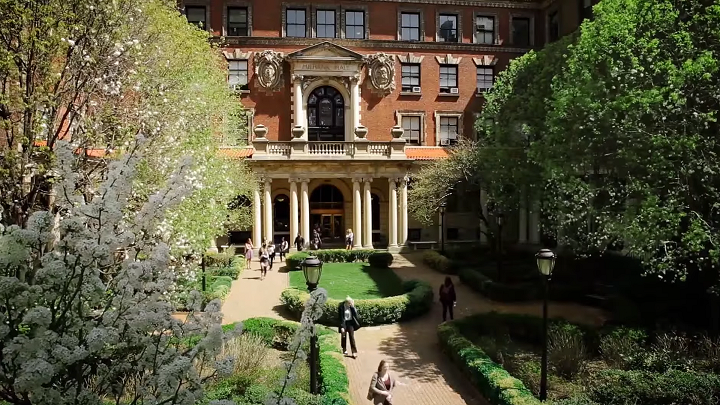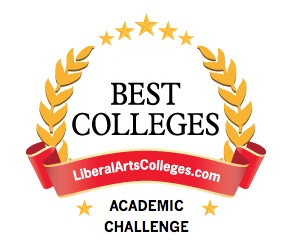
Photo: Barnard College. Retrieved from: www.barnard.edu
Barnard College is considered an elite college for women that allows only the brightest and most promising minds to enter the institution. Many ranking systems published in magazines rank this college as most selective. It is a member of the Seven Sisters group of colleges along with Barnard College, Bryn Mawr College, Mount Holyoke College, Radcliffe College, Smith College, Vassar College, and Wellesley College. Barnard has a total of 16 Division I Varsity Teams and nearly 400 faculty members, most of which are female.
A unique aspect of studying in Barnard is being affiliated with several elite colleges and universities, particularly Columbia. The University of Columbia and Barnard College have a partnership agreement that allows students to use the same residence halls, obtain access to all the library and facility resources that each school offers. Students from both schools compete in the Columbia-Barnard Athletic Consortium. Students of Barnard are given the diploma of the University, which has the signature of both Barnard’s president and that of the University president.
Barnard has its own finances, and has a separate endowment. It is independent in the important aspects, but students can share the facilities of a big university. Barnard specializes in programs related with architecture, dance, education, theater, and urban studies. Academic programs in statistics, engineering and computer science are taken at Columbia.
School History
Barnard was founded in 1889 as Barnard College of Columbia University, and the affiliation has stood strong until the present time. Barnard is located in an area adjacent to Columbia’s campus, with several other academic institutions nearby. Originally, Barnard College was created to become a women’s school during the time when Columbia and other Ivy League Schools were only accepting male students. By the turn of the century, women in Barnard were allowed to attend classes in the University of Columbia, including classes in political science, philosophy and science.
The namesake of the college was American educator and mathematician, Frederick Augustus Porter Barnard. During his term as the president of the University of Columbia from 1864 to 1889, he was an advocate of equal educational privileges and pushed for co-education in the university. His suggestion was not accepted, but the board relented in 7883 and agreed to produce a syllabus of courses for women. The first woman who graduated under the program, Annie Nathan Meyer, as well as other influential women in New York petitioned for the construction of a new women’s college with strong ties to Columbia University. The college continued to expand until the 1920s, and most of the Barnard buildings built during that time were considered historic places.
From 1955 onwards, Columbia and Barnard students could cross-register for courses offered by the other school. Permission to do this was required until 1973. In 1983, the original undergraduate school of the university, Columbia College, became co-educational after Barnard refused to merge with Columbia the way Radcliffe College did with Harvard University. Every fifteen years, the University of Columbia and Barnard college renegotiate their interoperate relationship.
Campus life
Being in New York City has its benefits and disadvantages. Unlike other liberal arts colleges where students have to commute a long distance before reaching the city, Barnard is inside the city itself. Finding entertainment is easy, but the difficult part is coping with the cost of living in a big metropolis. Freshmen students may or may not appreciate being on a mandatory food plan all year, because of the varied array of restaurants to eat in around the city.
The social life on campus is relatively strong, although the sense of community may not be the same as that in smaller colleges. There are always events to attend, and a student can make many friends in Barnard as well as in Columbia.
Financial Aid
All students are accepted based on merit, making the college’s admission policy need-blind. Admissions representatives are completely unaware of a student’s financial status while being evaluated. Accepted students that are permanent U.S. residents or U.S. citizens receive her acceptance letter with details on the financial aid award.

